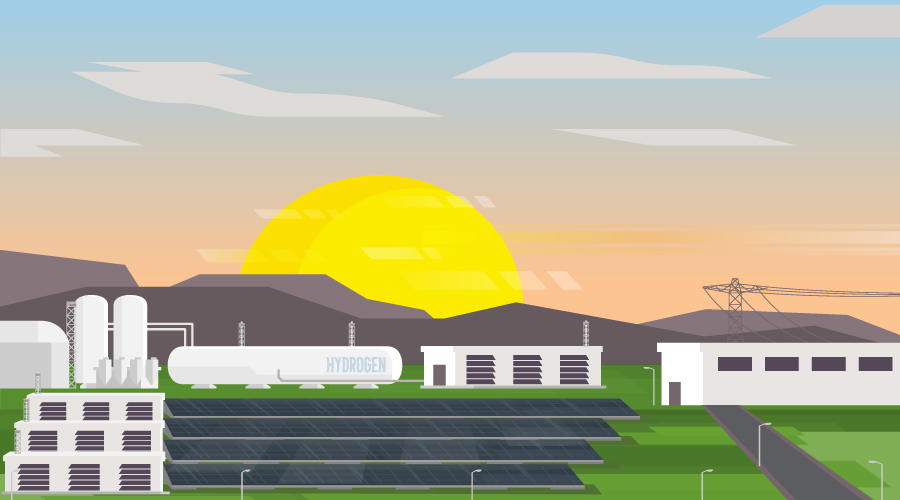Especially In Net-Zero Energy Buildings, A Careful Eye On Operations Pays Off
For many, the term "net-zero energy" calls to mind Jetsonian images of buildings that can control themselves without human help, talk seamlessly with the utility to send and receive electricity while charging everyone's electric vehicle, and even make a delightful skinny vanilla latte. While occupants will still have to make their own coffee in today's increasing crotp of net-zero energy and ultra-efficient buildings, the hallmark of these buildings is both use of technology in design and also a careful eye on operations, with the goal of not only maintaining net-zero energy or ultra-efficiency, but also improving it.
Today, the total number of net-zero and ultra-efficient buildings won't exactly blow anyone away. But more are coming online everyday as much of the industry works towards the goal of making all new buildings net-zero energy by 2030.
The New Buildings Institute (NBI) reports that between 2012 and early 2014, the number of verified net-zero energy buildings, "emerging" net-zero energy buildings (ultra-efficient buildings with a stated goal of net-zero energy), and "ultra-low" energy buildings (buildings that are comparable to net-zero energy buildings in terms of the energy they use, but without an immediate net-zero goal) has more than doubled, from 99 to 213.
As more of these buildings appear, however, the important thing is not the awards and accolades stemming from how the building was designed and built to be net-zero energy three or five or 10 years in the past.
The important thing is the manner in which the building is operated to continue its efficiency over its life. And it's not adding enormous photovoltaic arrays with even more enormous cost that can accomplish this. It's reasonable, cost-effective, energy-efficient strategies like paying diligent attention to plug loads and optimizing HVAC sequencing and set points. "No building ever came off the plans and operated to the model," says Cathy Higgins, research director at NBI. "Facility managers are continuously responding to variables because of the dynamic nature of buildings."
Keeping up the energy performance of buildings with energy-use intensity numbers as low as 15 (the average EUI, depending on the building type and location, can fall anywhere between 75 and 100 or more) means a level of attention to details about performance that "is greater than it's ever been," says Higgins.
Taking a look at the strategies employed by a few of these net-zero or ultra-efficient buildings that have been in operation for a few years — both in terms of strategies used during design and hand-off that focused on operations, and then during actual operations — can hold lessons for facility managers in any type of facility.
Role In Design
As green buildings in general, and the LEED rating system specifically, have come of age, facility managers have heard over and over again how important their role is in the design process. That's even more true during the initial stages of design for a net-zero or ultra-efficient building. "A building will never be net-zero energy based on its design alone," says Higgins. Facility managers' expertise on not only how systems work in the real world, but also how buildings operate holistically, is absolutely crucial when working on net-zero energy.
Related Topics:














